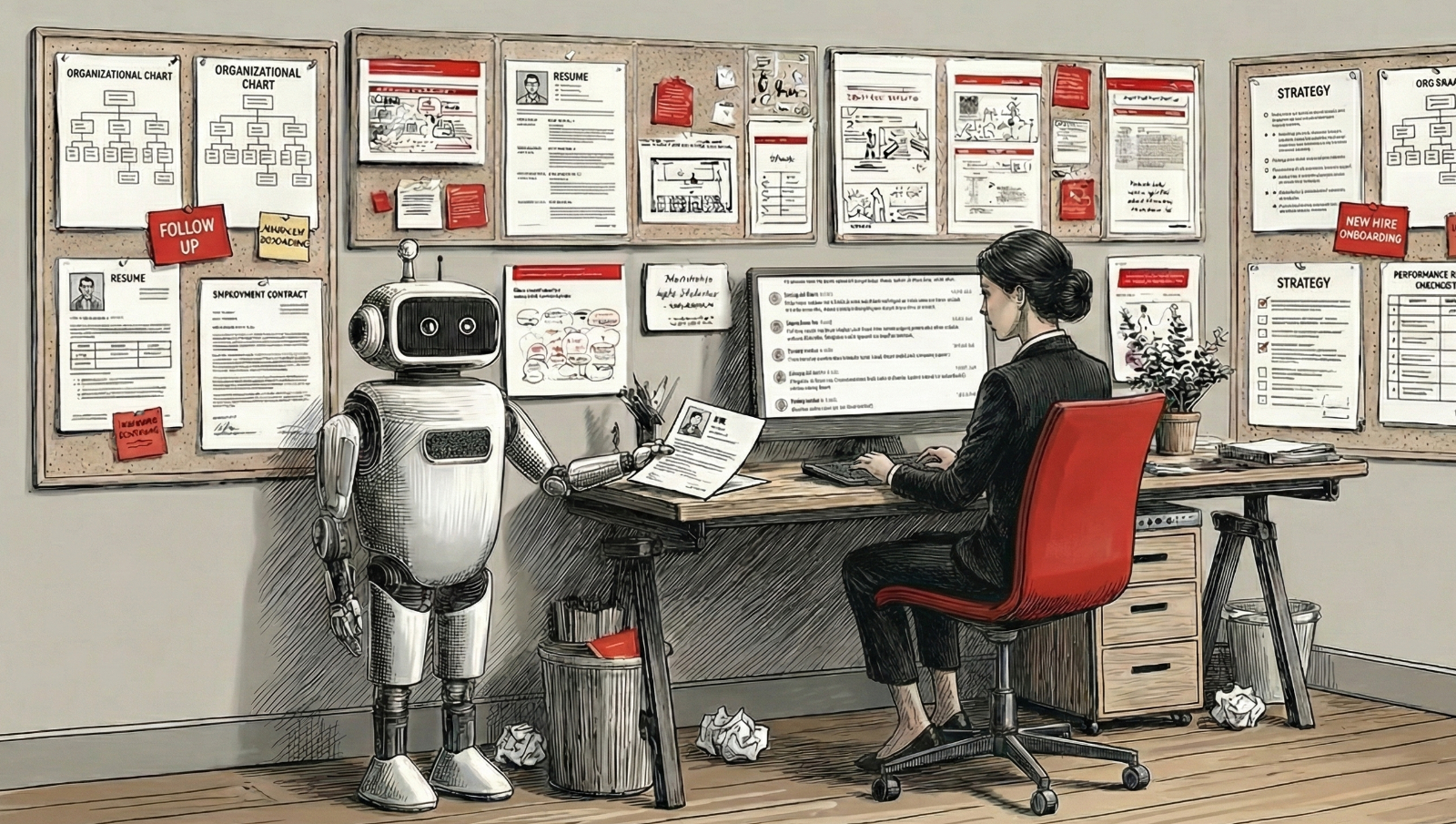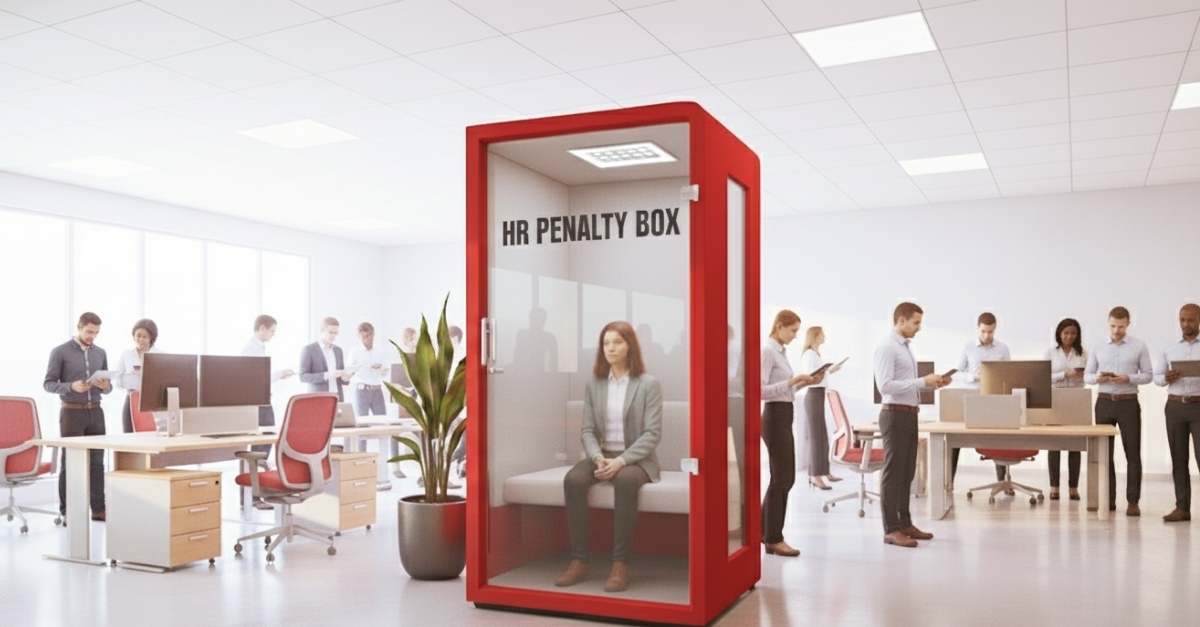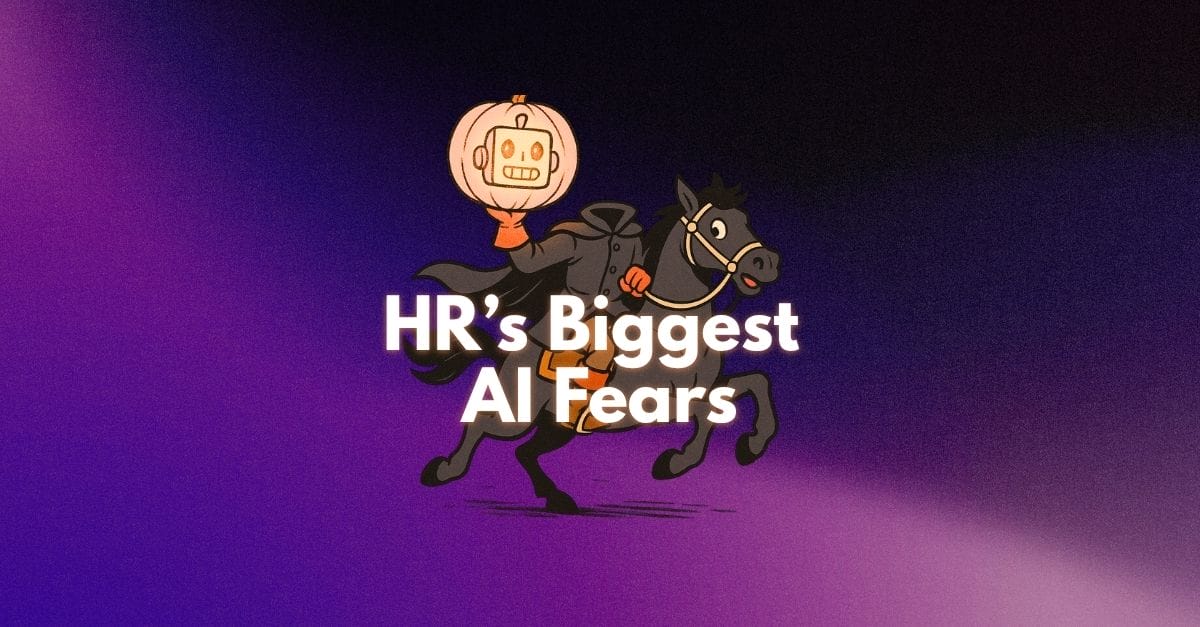The interview process, in many organizations, is broken. Even the most successful organizations who pride themselves on process fail to answer key questions—What’s the best way to go about the interviewing process? How should you record the thoughts of each interviewer? How many people should be involved? Is it easier to just let interviews fall into place as opposed to having a sticking to a process?
So, why is devising an interview process so difficult for so many organizations? Well, because it seems like there are millions of ways to interview. Here at PI, we’ve been headed more toward a structured interview process and we’re already seeing the benefits of it.
 Structured interviews
Structured interviews
A structured interview process is intended to create a consistent way to interview and assess candidates through:
- An agreed understanding of the candidate requirements.
- Standard questions
- Standard ratings
- Standard training
- Standard process
These types of interviews have been shown to increase predictive validity by 100% (and much more, according to some studies).
What’s great about structured interviews is that the interviewers dig into specific topics, not questions, feeling things out, personalizing the interview, asking questions as they come up in conversation.
You might be sitting there reading this and thinking, “What’s the real benefit to a structured interview process? Should I use scorecards? What can my organization get out of this?” Let’s dive in.

Objectivity
Having a structured interview process will allow your team to compare apples to apples instead of apples to, let’s say, dragon fruit. When it comes time to review notes/data after all of the interviews have been completed, the team will be able to go back and take a look at how each candidate fared in certain areas.
For example, if interviewer A always interviews on company values/cultural fit, interviewer B always interviews on technical ability to perform on the job, and interviewer C always interviews on the candidate’s ability to teach a dog to ride a skateboard, for example, the data will always be comparable. Interviewers A, B and C will have concrete thoughts on how each candidate performed in their respective area and a decision will be easier to make based on what is being sought out for a particular role.
Less wasted time
We’ve all heard stories about how a candidate was asked the same question by four different people. Not only are you wasting valuable interview time by getting the same answer that the previous interviewer just got, but you’re giving the candidate a crummy experience. No one wants to come in for three-plus hours of one-to-one interviews and feel like they’re repeating themselves over and over. Whether a candidate gets the job or not, we want to focus on creating an environment and experience that the candidate was happy to go through. From a team/organizational standpoint, if each member of the interview team goes in with a good idea of what the others are interviewing about, they won’t be covering the same thing twice and use the time more effectively. Let’s add even more structure to the process by throwing in scorecards.

Scorecards
During an interview, it’s very easy to get derailed and start heading in directions that may or may not be useful to making an informed hiring decision. Before you know it, your 30-minute time slot is up and you’re left with only a few mental notes of what happened during the interview. Reviewing the scorecard prior to meeting with a candidate can allow the interviewer to stay on track and focus on obtaining the information that will help the team to make an informed decision on the candidate.
Some people’s concern—“What if ‘staying on track’ restricts me from heading down a road that may reveal something important about the candidate?”—It’s a valid question for sure, but can also be solved by having that structured process. There are two options that can ensure the necessary information is still obtained. Let’s go over a scenario that plays out two different ways, but still ends with the team getting the information they need.
Join 10,000 companies solving the most complex people problems with PI.
Scenario: Interviewer A has been tasked with finding out if the candidate aligns well with the company’s values and whether or not they’d be a good cultural fit. Somewhere during the interview, interviewer A gets an urge to start getting into technical information.
Option 1: Interviewer A reviewed the scorecard prior to meeting with the candidate and knows what’s the most import information to collect. Interviewer A decides to focus solely on the topic at hand, gather the information, and record it within the scorecard.
Option 2: Interviewer A reviewed the scorecard prior to meeting with the candidate and knows what’s the most import information to collect. Interviewer A feels comfortable with the information that’s been obtained and knows that it’s enough to contribute based on what they have been tasked with. With the remaining time, Interviewer A starts digging into the technical side of things and gathers information they feel may be helpful when it comes time to make a decision.

Whether or not Interviewer A decides to get into the candidate’s technical ability or not, things will work out just fine. Reviewing the scorecard prior to the interview means that:
1) They know what their job as an interviewer is
2) Interviewer B is going to be focusing on technical ability.
Accuracy and consistency
Staying on track isn’t the only reason scorecards are a valuable tool in the interview process. They also allow interviewers to keep track of how each candidate was graded in their respective areas. Our new applicant tracking system (ATS) allows interviewers to mark candidate’s traits/skills with a star (Strong Yes), a thumbs-up (Yes), a neutral spot if they’re unsure, a thumbs-down (No) or a red “X” (Strong No). This is a quick and easy way to record their thoughts on a candidate after the meeting. This system allows interviewers and hiring teams to go back and review all the data to make sure that candidates are being graded fairly, accurately, and consistently.
Development
Development is something most everyone strives for in their career. Scorecards will allow teams to go back and look at what areas may have been risk areas or areas that could use some improvement. They also allow teams to go back after some time has passed to see if the process itself needs to change a bit.
For example, interviewer A has done a fantastic job on a consistent basis giving high marks to candidates who do end up being employees who align with the company values and culture. However, interviewer B has been consistently giving candidates high marks who end up becoming employees and not working out because they weren’t able to perform the job.
Having the scorecards allows teams to go back after realizing there is a performance issue and reassess who should be interviewing candidates for technical ability to perform the job at a high level. Not only can we use these scorecards to help develop the new employee, but also to better the team as times goes on.
Hiring and interviewing aren’t easy. At the end of the day, we all want to hire candidates that will help our organizations go from good to great. With a structured process and scorecards, making these decisions can become much easier and paint a clearer picture of all the candidates that come through the door. With a good process, the right people, and the right data, hiring and interviewing can be much less of a beast to tackle.
 Structured interviews
Structured interviews







